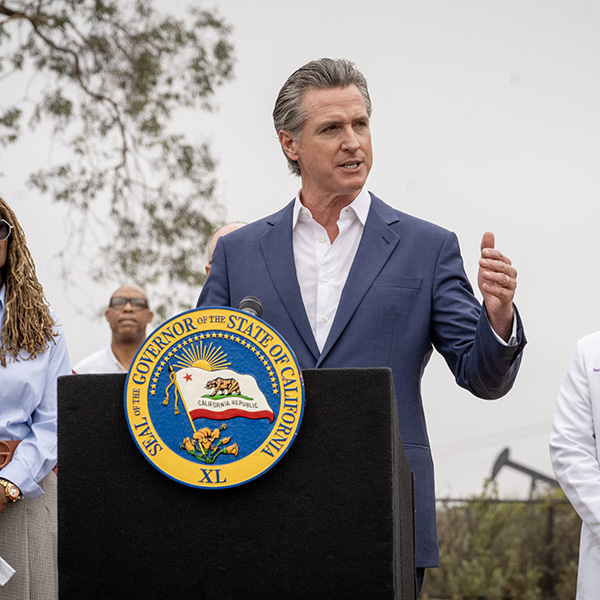California
CA LegislationCalifornia Air Resources Board (CARB)California Energy Commission (CEC)California Public Utilities Commission (CPUC)
California’s floating offshore wind industry is getting a boost from $30 million in research and development funds from the state Energy Commission’s EPIC program.
Energy projects designed to accelerate decarbonization and strengthen reliability in vulnerable communities are receiving significant investment from a California Energy Commission program.
California regulators have approved changes to a zero-emission truck regulation to make compliance easier, keeping their end of a deal with truck manufacturers over the transition to ZEVs.
Intersect Power is seeking approval for two 1.15-GW solar-plus-storage projects in California using a streamlined permitting process.
The California Energy Commission is offering $43 million in grants to fund waterfront facility improvements to support the development and operation of floating offshore wind energy off the state’s coast.
The bills signed by the California governor cover rules around transmission approval, GETs, grid reliability standards and bi-directional EV charging.
California’s greenhouse gas emissions fell by 2.4% in 2022 compared with the prior year, with the largest decrease seen in the transportation sector, according to a report by the California Air Resources Board.
The California PUC approved rules requiring the state’s three large investor-owned utilities to meet stricter timelines and targets for connecting electricity customers to the grid.
The California Energy Commission is exploring the use of heat pump technologies to accelerate decarbonization of the sector, which accounts for 2.5% of the state's energy consumption and 1.4% of greenhouse gas emissions.
Lawrence Berkeley National Laboratory has released the latest iteration of its “Tracking the Sun” report, which looks into the 3.7 million distributed solar systems installed through the end of 2023.
Want more? Advanced Search










